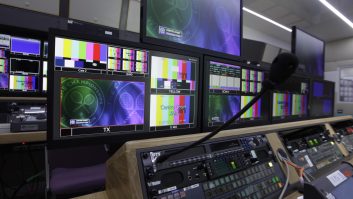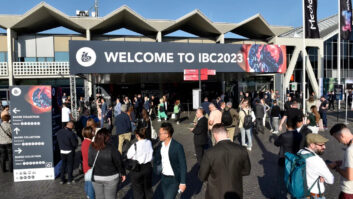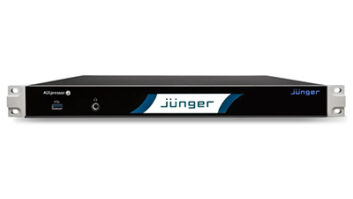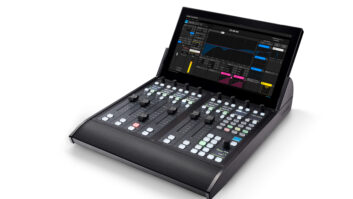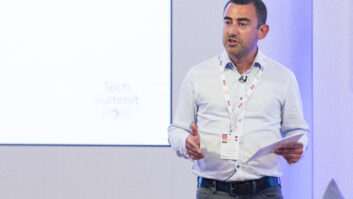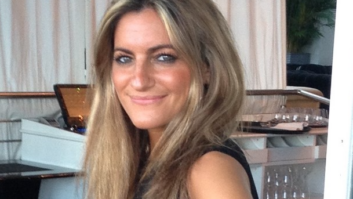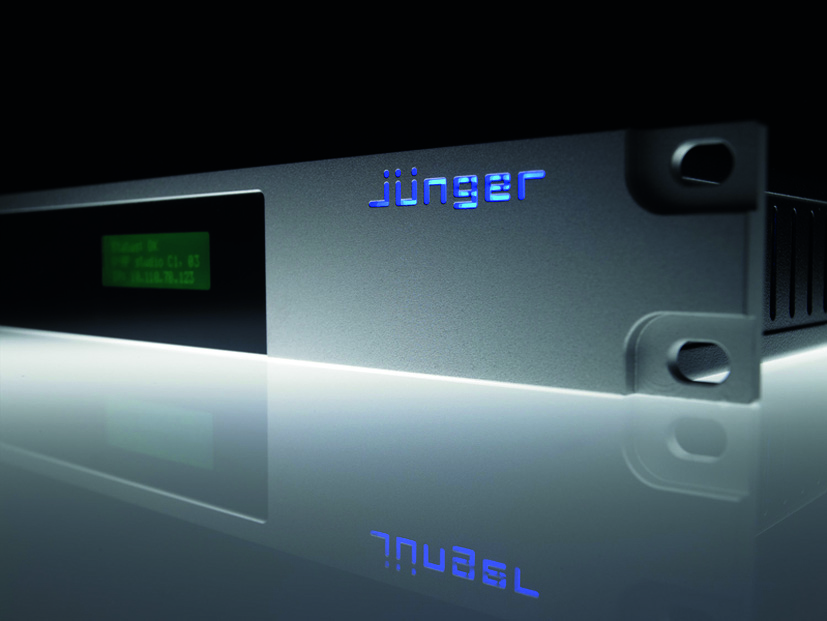
Jünger Audio’s campaign to focus attention on effective, high-quality and possibly automated audio production, particularly in live broadcast environments, continues at IBC2016 where the company will be demonstrating its Smart Audio concept on stand 10.A49.
According to Jünger, Smart Audio means investing in simple, reliable and predictable equipment that can automatically deliver audio content while maintaining the quality that consumers expect. The concept has already been adopted by a number of broadcasters, including Input Media in London and the ARD Tagesschau television prime time news service in Germany.
“In a world where resources are tight and broadcasters can’t afford to employ an entire team of audio engineers to manage sound quality at every position, Smart Audio is the future,” said Jünger Audio CEO Peter Poers. “The only way to ensure that viewers receive a consistent, clear audio experience is to utilise a chain of intelligent and adaptive real-time processing algorithms working together. This is what Smart Audio means: delivering high-quality sound in a very efficient way, with minimal requirement for manual control or intervention from an operator.”
Alongside intelligent and adaptive processing algorithms, the introduction of Smart Audio also allows broadcasters to choose devices that are fully interoperable with others in the broadcast environment and can integrate with both playout automation systems and logging and monitoring processes.
“Auto-Level, Auto-Upmix, Auto-EQ, Auto-MIX, Auto-Loudness, Codec System Metadata Management – the intelligent combination of all these Jünger Audio adaptive algorithms will create the solution that delivers Smart Audio,” Poers added, “and program loudness will also automatically match – as expected.”
To highlight this concept, Jünger Audio will be showing its full range of D*AP products that can deliver a Smart Audio experience because every device already incorporates a collection of these adaptive processing algorithms. They also employ the industry standard Ember+ remote protocol that allows integration with an increasingly wide range of compatible equipment.
“Our D*AP processors offer automated leveling of individual sources to pre-condition the audio before final loudness based management,” Poers explained. “This is combined with auto up-mix to maintain a constant surround experience and the use of auto EQ to ensure consistency of spectral balance and that all important speech intelligibility. They also incorporate Jünger Audio’s fully adaptive Level Magic loudness control that can adjust audio from any source, at any time, to the right level with no breathing, pumping, or distortion. Only a minimal number of initial parameters need to be set to make these processes work, which means we are already in a position to deliver the Smart Audio solutions that the industry now needs.”
Jünger Audio’s D*AP range includes natural sounding products for loudness control, audio monitoring, audio conditioning and metadata management and Dolby decoding, encoding and transcoding. Among them are the D*AP8 Map Edition surround monitoring audio processor; the D*AP8 Codec Edition processor that provides a viable replacement for any discontinued legacy Dolby hardware processors; the D*AP4 VAP Edition two-channel voice audio processor and the flagship D*AP8 Tap Edition television audio processor, which ensures consistency of loudness and sonic character across multiple programme sources.
